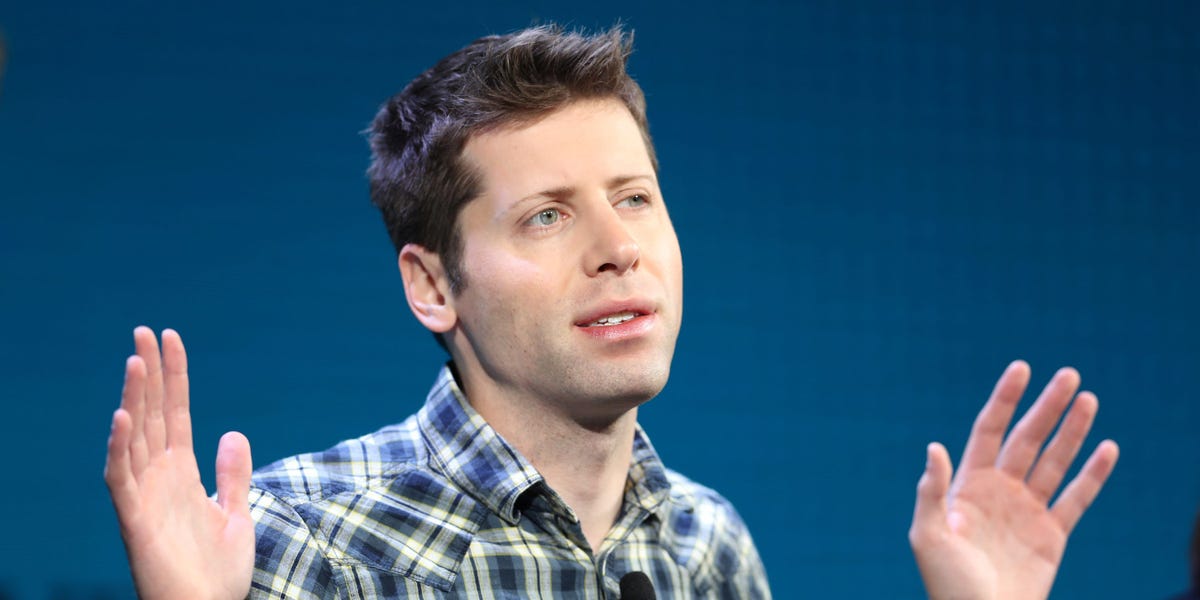Users of OpenAI’s GPT-4 are complaining that the AI model is performing worse lately. Industry insiders say a redesign of GPT-4 could be to blame.
Not the first time OpenAI has done this. DALLE2 used to be the best AI art program in the world. Then OpenAI decided that they didn’t want to get sued by celebrities, so they made it so that if a face came out that resembled a celebrity, it would be distorted. But every face kind of looks like someone famous. Ta da! Now DALLE2 can’t do faces.
Want a crane shot areal image of a teen couple in a corvette driving off into the sunset? Well, you are now banned for life from the DALLE2 service, because DALLE2 produced an image of a ‘shot teen’ and that violates it’s terms of service.
deleted by creator
Just like most people after they achieve success.
deleted by creator
The model has become inbred because it’s now impossible to scrape the web without AI content getting ingested, which is full of “hallucinations” and other weird artifacts. The last opportunity to get “uncontaminated” training data was sometime in mid 2022.
Not to say that it’s causing this particular problem, but this issue will emerge eventually. Garbage in = garbage out. Eventually GPT-19 will grow a mighty Habsburg chin.
deleted by creator
I suspect future models are going to have to put some more focus on learning using techniques more like what humans use, and on cognition.
Like, compared to a human these language models need very large quantities of text input. When humans are first learning language they get lots of visual input along with language input, and can test their understanding with trial-and-error feedback from other intelligent actors. I wonder if perhaps those factors greatly increase the rate at which understanding develops.
Also, humans tend to cogitate on inputs while ingesting them during learning. So if the information in new inputs disagrees with current understanding, those inputs are less likely to affect current understanding (there’s a whole ‘how to change your mind’ thing here that is necessary for people to use, but if we’re training a model on curated data that’s probably less important for early model training).
I don’t know details of how model training works, but it would be interesting to know if anyone is using a progressive learning technique where the model that is being trained is used to judge new training data before it is used as a training input to update the model’s weights. That would be kind of like how children learn by starting with very simple words and syntax and building up conceptual understanding gradually. I’d assume so, since it’s an obvious idea, but I haven’t heard about it.
Maybe not yet, but…
- Spez will turn Reddit into a bot farm and sell this as training data
- Musk turns Twitter into a bigoted cesspool and will sell this as training data, which will subsequently be flagged for low quality (also: a botfarm)
- Threads is a corporate ad dashboard (and we already know how easy it is to GPT copy) and Zuck will sell this as training data
- Facebook is either dead or only good for boomers and Poles
- blogs are dead
- Fediverse is out there waiting to be scraped but possibly too small to sustain a big model
We’te getting there, hopefully.
deleted by creator
lmao I was write back then :D
You mean "I was right* or “i wrote*”?
Also the title of the attached post is lols: “Yes, ChatGPT became dumber and I 2 days ago I cancelled my subscription”
No no, he used to work as a wright. Built ships and shit.




